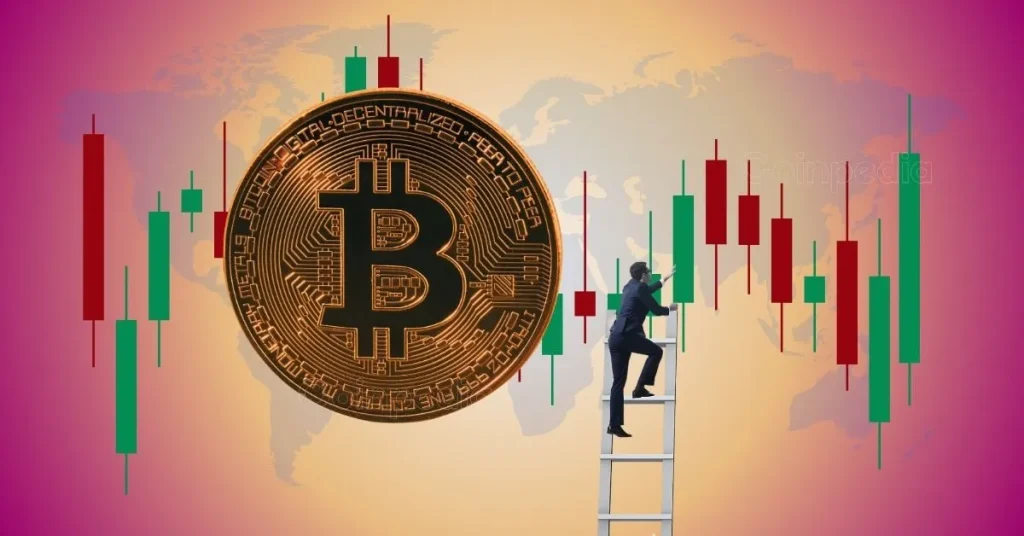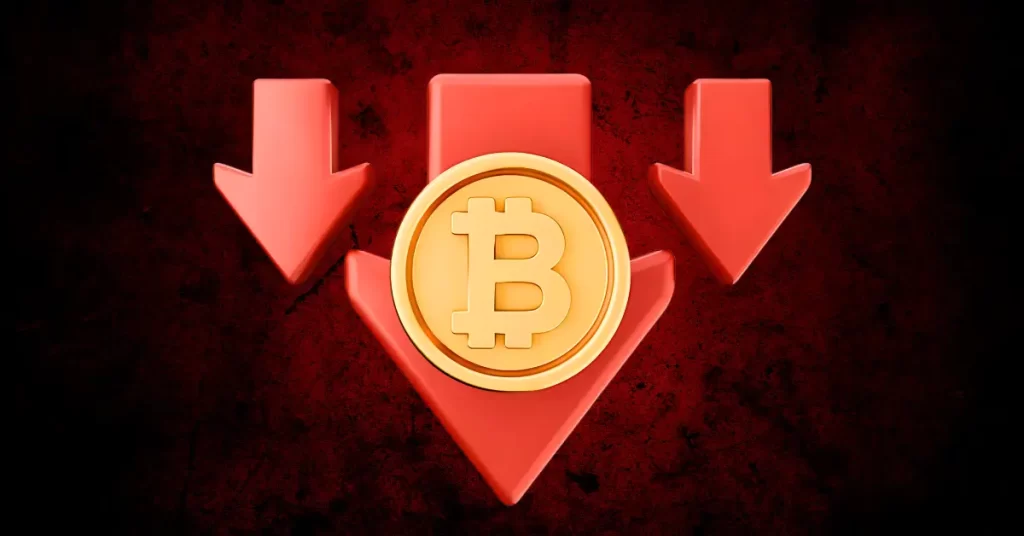ARTICLE AD BOX

- XRP significantly reduces transaction costs, with transfers costing just fractions of a cent compared to SWIFT’s $10–$50 range.
- Additionally, XRP offers real-time tracking, interoperability across financial systems, and a decentralized framework that eliminates the need for intermediaries.
As Ripple’s native cryptocurrency, XRP continues to gain market prominence, experts are warning that it could potentially threaten the dominance of SWIFT banking systems in the near future. Prominent crypto expert X Finance Bull shared a post on the X platform explaining how XRP could eat into SWIFT’s market share.
Finance Bull highlighted the disruptive potential of XRP and Ripple’s Interledger Protocol (ILP), presenting them not just as an advancement but as a full-scale replacement for traditional banking systems. The expert shared an image showing how SWIFT and XRP differ from each other while highlighting huge differences in transaction speed, transparency, cost, and interoperability. While SWIFT transactions still take five days to settle, XRP achieves this in just a few seconds using Ripple’s ILP.
SWIFT takes 5 days. $XRP + ILP takes 5 seconds.
That’s not evolution. That’s REPLACEMENT
Ripple is building a payment highway where banks, blockchains, and digital wallets move value instantly with no middlemen, no delays, no friction.#XRP isn’t here to patch the legacy… pic.twitter.com/6qEIXVMZWh
— X Finance Bull (@Xfinancebull) March 30, 2025
Furthermore, with XRP, the transactions costs are drastically lower! While SWIFT transfers typically range from $10 to $50, while XRP transactions cost just fractions of a cent. A striking example comes from Michael Arrington, founder of Arrington Capital, who disclosed that his firm transferred $50 million using XRP in just three seconds, with a transaction fee of only $0.30.
Apart from just cost savings, XRP also offers greater transparency and interoperability, allowing real-time tracking and seamless integration across various financial systems and capabilities that SWIFT lacks due to its restricted banking network, as mentioned in our previous report.
Benefits of Using XRP and Ripple’s ILP Over SWIFT
As per the image shared by Finance Bull, XRP and the Interledger Protocol (ILP) enable instant transactions with real-time settlements, eliminating the long delays common in traditional cross-border payments. This increased efficiency will ultimately benefit banks and other fintech players, with major institutions like the Bank of England (BoE) having explored the technology for years.
Furthermore, Ripple’s ILP has a decentralized framework which ensures that transactions are not dependant on centralized intermediaries, while enhancing both accessibility and security. The crypto expert highlights Ripple’s efforts to build a payment highway that facilitates seamless value transfers across banks, blockchains, and digital wallets.
By removing friction, delays, and intermediaries, Ripple’s system offers a fundamentally different approach from SWIFT’s legacy infrastructure. As explained earlier, the shift from SWIFT to XRP and ILP has major global implications. Thus, reducing reliance on SWIFT could help businesses and financial institutions avoid its high costs and inefficiencies.
With faster and more affordable transactions, global trade and remittances would see significant improvements, benefiting both businesses and individuals. Moreover, ILP’s capability to enhance financial inclusion could make cross-border payments more accessible, particularly in underserved regions.
.png)
 19 hours ago
1
19 hours ago
1








 English (US)
English (US)